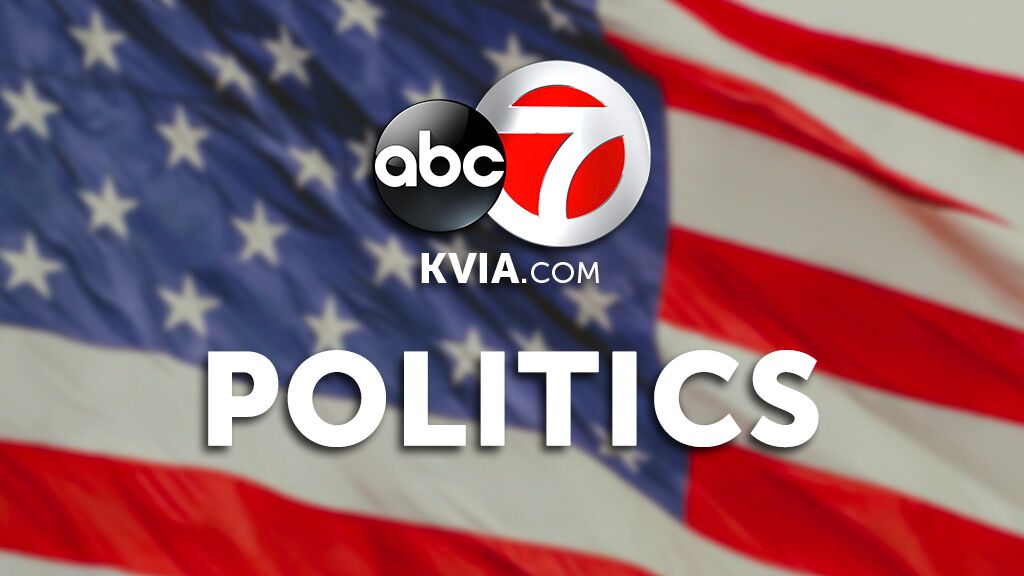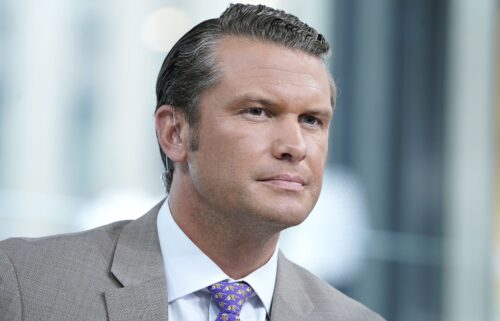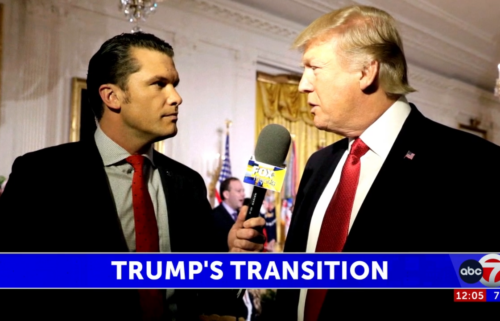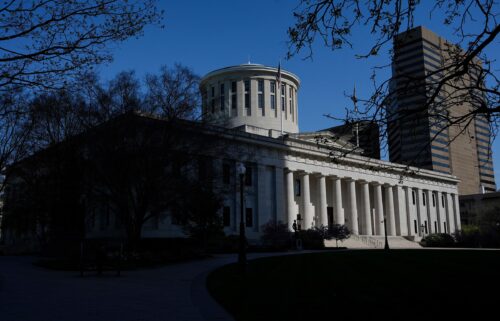CNN Poll: Americans’ willingness to get the coronavirus vaccine is on the rise

Two-thirds of Americans (66%) say they will try to get vaccinated now that multiple Covid-19 vaccines are approved and beginning to be made available to the public, according to a new CNN poll conducted by SSRS.
That’s up from about half in October (51%), before any vaccines had been approved for use.
The rollout of vaccines to fight the virus — which has shut down much of the country for nearly a year — appears to be tilting public opinion toward optimism that the worst is behind us.
Overall, 49% say the worst of the coronavirus outbreak in the United States is behind us (up from 44% in October), while 47% say that the worst is ahead. Among those who say the worst is behind, 62% say they feel that way because there are vaccines available. No other reason reaches double-digits, but 9% each cite the administration change in the White House and that we know more about the virus now.
On the other side, among those who say the worst is still to come, no single reason dominates, but many say their pessimism is because people are not taking the virus seriously or not following guidelines (18%), vaccines are not widely available yet (17%) or the recent rise in cases and deaths (17%).
The longstanding partisan divides in views on the coronavirus are still largely in place, though the change in power at the White House appears to be driving some shifts. With an incoming Democratic administration, Democrats are starting to hold a more positive outlook on the pandemic (38% say the worst is behind, the largest share to say so since the start of the outbreak) while Republicans are becoming more negative about it (30% say the worst is ahead, the highest since April and nearly doubled since October, when 16% felt that way).
And Democrats are increasingly willing to get the coronavirus vaccine (from 61% in October to 83% now), while among Republicans, that number has held about even (45% in October, 49% now).
Beyond the partisan shift in willingness to get a coronavirus vaccine, there has also been a 27-point increase in the percentage of those age 65 or older who are willing to be vaccinated (from 60% in early October to 87% now). Among younger adults, the changes are smaller, holding roughly steady among those under age 35 at 55% willing to get a vaccine, up 10 points to 58% among those age 35 to 49, and up 21 points to 69% among those from age 50 to age 64.
The survey finds partisan agreement, though, that the distribution of vaccines so far, which has been limited largely to health care workers and older adults, has mostly been fair. Overall, 75% say so, including 79% of Republicans, 78% of independents and 69% of Democrats.
Results from the same poll released earlier this week found that Americans largely expect President Joe Biden to be able to achieve his pledge of ensuring that 100 million doses of the coronavirus vaccine are administered by the 100-day mark of his presidency (70% said that is likely to happen, including 90% of Democrats, 69% of independents and 47% of Republicans).
Most Americans say they only occasionally or rarely feel that people around them in public are doing too little to prevent the spread of the virus (56%), while 42% say they feel that way all or most of the time. Half of Democrats say they feel people around them aren’t doing enough most of the time (50%), while that dips to 36% among Republicans.
About half (48%) say they are experiencing financial hardship due to the coronavirus, including 13% who say it’s a severe hardship, those numbers are roughly the same as when CNN last polled on this question in August.
Methodology
The methodology and weighting for this poll have been modified compared with previous CNN polls. Interviews conducted on cell phones made up 75% of the total, up from 65% in prior surveys. Dialing extended over six days rather than four days, allowing for more effort to be made to contact those who are not easily reachable. Demographic weighting was adjusted to account for more discrete education categories broken out by race, and a geographic weight was applied to ensure representative distribution by population density. In addition, results were weighted for p artisan identification and lean among independents, with targets computed using an average of the current poll plus three recent CNN polls.
The new CNN Poll was conducted by SSRS January 9 through 14 among a random national sample of 1,003 adults reached on landlines or cellphones by a live interviewer. Results for the full sample have a margin of sampling error of plus or minus 3.7 percentage points.




